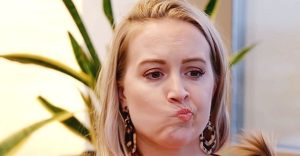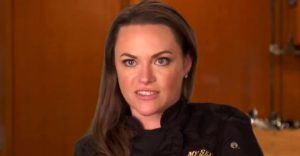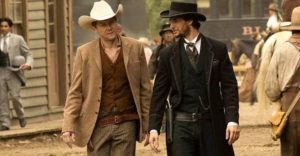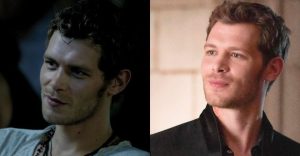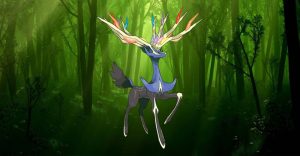The Vision’s Second Wife Was A Twisted Version Of The Scarlet Witch
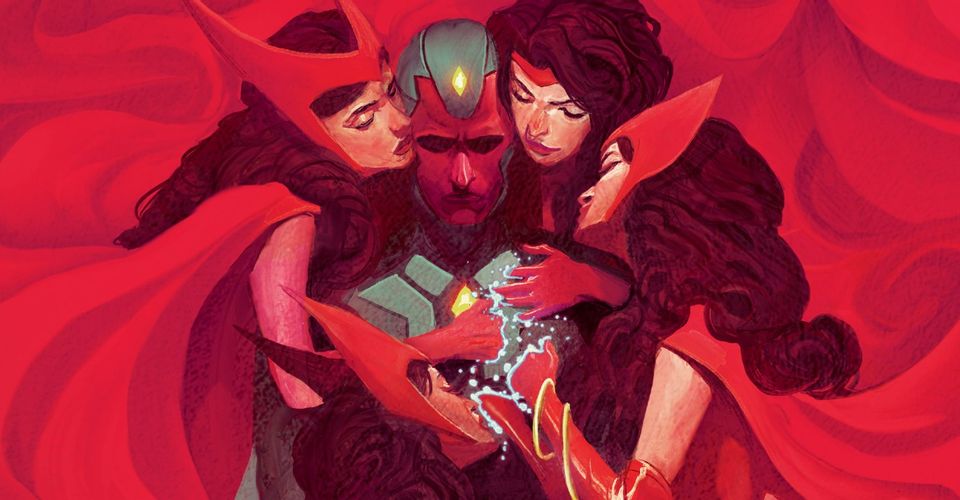
To say the Vision and the Scarlet Witch are one of Marvel’s weirdest couples would be an understatement. But despite the fact that one is a witch who was raised by an evolved cow and the other a robot created by another evil robot, there’s a surprisingly very real humanity to these two oddball Avengers. And in 2015, long after Wanda and Vision’s marriage came to an end, one twelve-issue miniseries explored Vision as he opted to move on with his life in a very peculiar way.
Tom King and Gabriel Hernandez Walta’s Vision series was a monumental addition to the Marvel library due to its audacious ambition to elevate the superhero genre to new heights. It examines Vision as he moves out to the suburbs of Arlington, Virginia and creates his own family of synthezoid robots modeled after himself. As the Vision family attempts to fit in with the rest of humanity, themes of identity, social expectations and the emptiness of the American dream are all brought to the forefront. However, through revelations that are uncovered about the Vision’s wife, Virginia, the truly dark psychological layers behind Vision’s new life are put on heartbreaking display.
The first half of the series sees Virginia committing murder in order to protect her kids. There’s clearly a darkness behind her enigmatic blank-faced expressions that even she doesn’t fully understand. It’s not until issue seven of the series, illustrated by guest artist Michael Walsh, that readers are presented with the information that Virginia’s mind was modeled with the Scarlet Witch’s brain patterns, essentially revealing her to be a robotic replica of Wanda. But the real tragedy behind this exposing chapter is the way in which it re-contextualizes the history of Wanda and Vision’s relationship.

After first delving into the early days of their romance, during which the two budding Avengers were young and infatuated with one another, the scene eventually shifts to the moment in which Vision had to explain to Wanda that their children were never actually real; they were only figments of her reality-altering powers. It’s an important piece of the Scarlet Witch’s history of course, but as Vision tells Wanda their family is nothing but a lie, the scene bears the resemblance of a real-life marriage coming to an end with a heartbreaking acknowledgment of truth. Sometime later, Wanda moves on by jumping into a relationship with another Avenger, Wonder Man. Interestingly enough, Wonder Man is the closest thing Vision has to a brother as his brain patterns were used to construct Vision’s mind. In the end, Wanda gifts a copy of her own brain patterns to Vision in the hope that he may also bring someone with a resemblance to his past lover into his life.
The revelation that Vision’s second wife is, in many ways, yet another version of his first reveals the android Avenger is more human than he even knows. After all, there’s nothing more overtly human than repeating the same toxic relationship patterns. Still, there’s an unsettling nature to Vision creating a conscious being with the core intention of righting the wrongs of his own past. King doesn’t present Vision in this story as good or bad; heroic or evil. He’s simply a living being who was crippled by the loss of love and took drastic measures in the process of seeking it out and making it last for a second time. It’s this raw and imperfect humanity that makes Vision and the rest of Marvel’s characters ripe for the kind of intimate portrait that was so beautifully showcased in King’s miniseries.
About The Author











